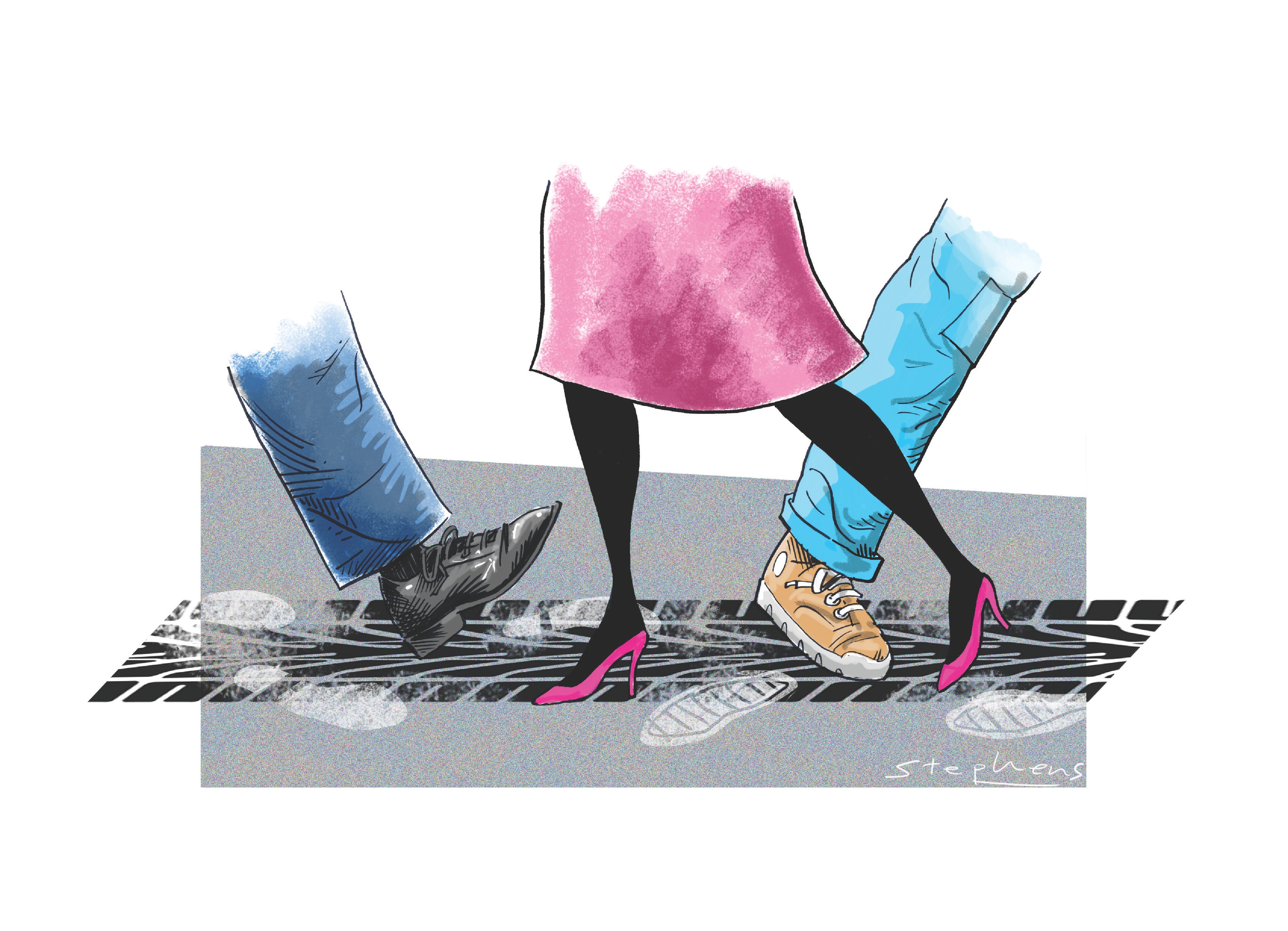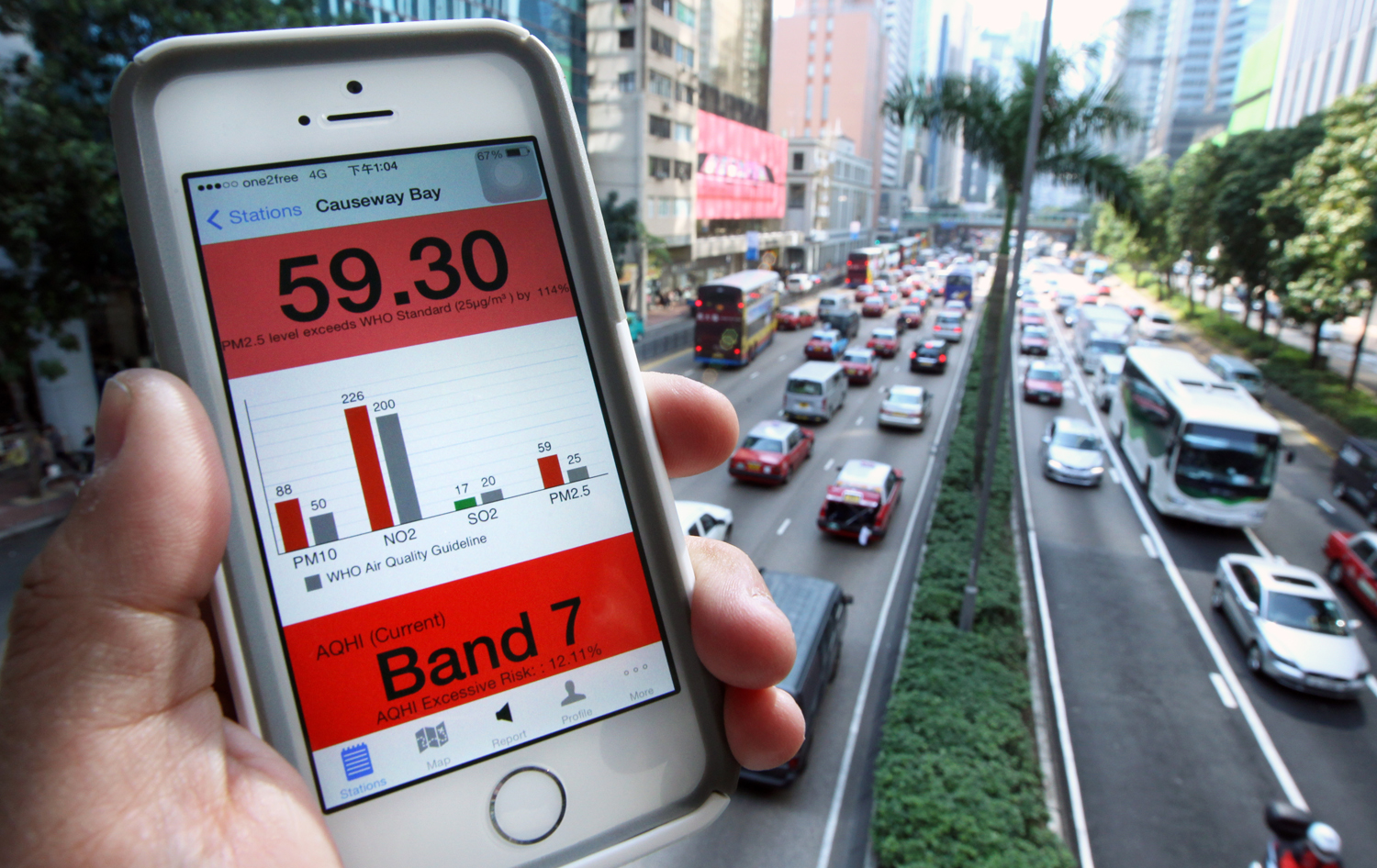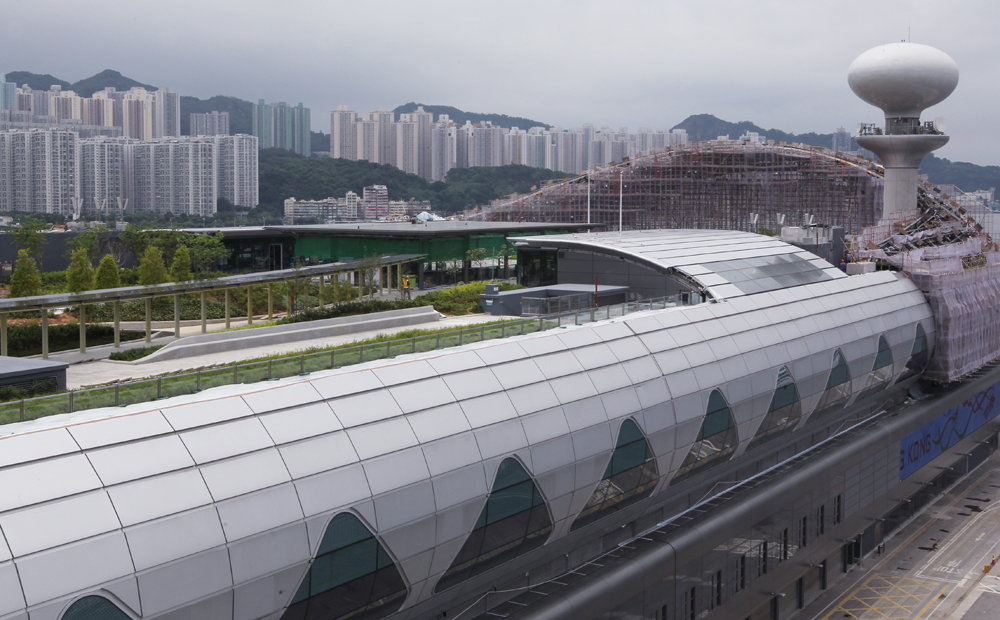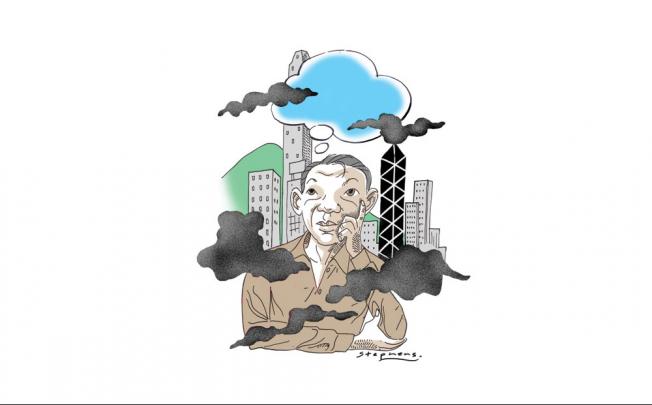Advertisement
Advertisement
KWONG SUM YIN
In a recent South China Morning Post online poll, readers named pollution as Hong Kong's biggest eyesore. The days when the city's skyline is shrouded in smog come to mind.
The long-anticipated tougher air quality standards are finally in effect in Hong Kong, acting as a benchmark for assessing the impact new development projects will have on air quality. Although the new air quality objectives fall short of World Health Organisation recommended levels, it is still a change for the better.
The Kai Tak cruise terminal opened in Hong Kong last month, bringing both anticipation and anxiety. This HK$8.2 billion terminal, which allows large ocean liners to dock in Victoria Harbour, is expected to bring more tourists - and tourist dollars - to Hong Kong. But along with the economic benefits will also come the dark clouds of air pollutants.
Advertisement
When Environment Secretary Wong Kam-sing unveiled the government's plan to improve Hong Kong's air recently, he was joined by representatives from three other bureaus - transport and housing; development; and food and health. The attendance of these other officials was unprecedented and signalled the government's intention to respond to calls for the departments to work together to tackle air pollution.
Related Topic
Hong Kong air pollution



